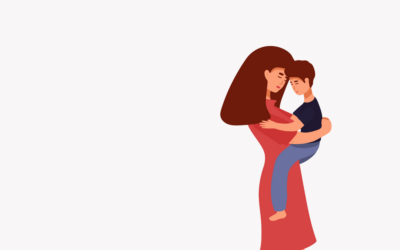Dave Thomas Foundation – July 18,2017
Or, how to quit making excuses and do our job
When I talk to audiences not familiar with the child welfare system, I share startling numbers – more than six million children last year were involved in reports of abuse or neglect and more than 400,000 were in foster care. And today, 101,000 children are waiting to get adopted. These are children, I explain, who have been abused or neglected at such a level that they have been permanently severed from their family of origin and are now simply waiting for a family to adopt them. As I speak, I witness these truths sink in through quiet gasps and concerned faces.
This is not the only crisis our children experience. My explanation continues: Each year we fail more than 20,000 children, as we make excuses for not finding them adoptive homes. We allow them to age out of care without the family we promised. And I watch my audience’s concern turn to confusion and then anger. How could we fail already vulnerable children? What happens to these children? Why is the system not working for so many?
Why indeed. Child welfare status quo has neither prevented children from the harm of abuse, nor has it assured that each and every child, once permanently removed from their family of origin, will have the forever family they deserve.
This is a shared responsibility – our children, our communities. So how can we do better, together?
1. Dispel the myth that children are in care because they have done something wrong. We know through our research that 50% of Americans believe this to be true. These children are victims of abuse or neglect, and through no fault of their own, become “system kids.”
2. Act like each of the 101,000 children is one of your own – we only want the best for our children and we should want the best for all children.
3. Question child welfare “business as usual” methods, including photo listings, adoption fairs, or other general practices that recruit potential families into a wide funnel. These methods have not halted the number of older youth emancipating from the child welfare system, and simply aren’t working.
4. Believe that every child and youth, whether they are in preschool or are a 17-year-old senior in high school, needs and wants the comfort, security and safety of a family. Know that 18 is not a magic number. Even adults need family.
5. Understand that families are as diverse as the children in foster care – single parents, older parents, same sex parents, racially, ethnically and spiritually diverse parents all can adopt and provide a healthy and loving family for a child.
6. Remember how you felt as a child – when you were lonely or scared or tired or hungry – and then think about someone calming you, holding you, telling you all would be fine. Children in care are suffering from the trauma of abuse and separation, and from unimaginable grief and loss. Too often, no one is there to comfort them.
7. Demand policymaker, child welfare head and community leader accountability. If a child ages out of care, ask: Who is taking this personally? Who feels responsible? To whom can the child look and ask, “Why don’t I have a family?”
8. Ask every candidate for office – from presidential to congressional to gubernatorial to city council – what will you do to make children’s lives better, particularly those who are most vulnerable and with the fewest resources available to them?
9. Ask a youth who aged out of care what he or she experienced and what can we do to make foster care better. And then listen. And then tell your policymakers and child welfare leaders what you have learned.
10. Consider the fact that you just might fall in love with a waiting child, if you open your heart and home. Find out how to adopt or ask your local agency how you can help.






